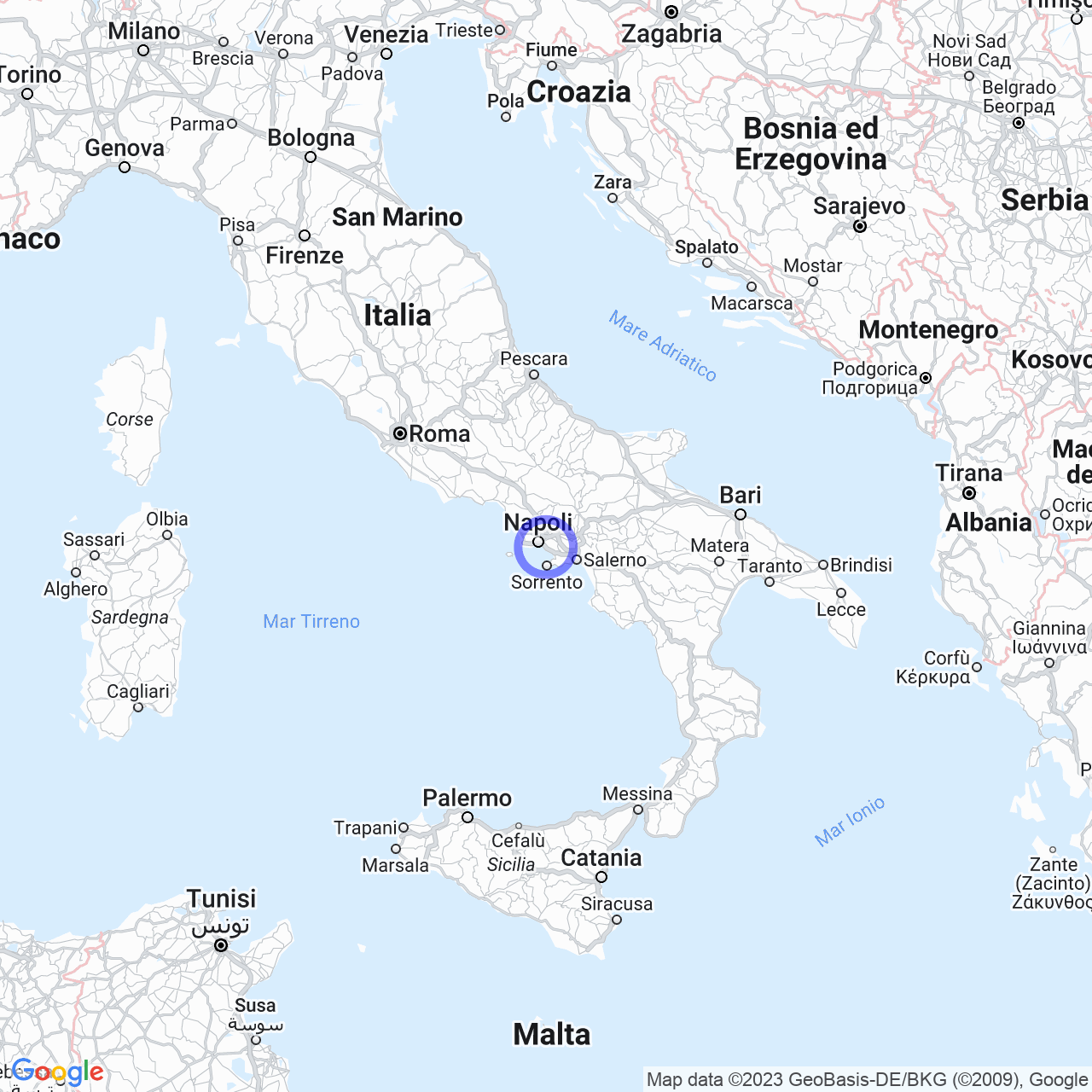Ercolano
Discovering Herculaneum
Herculaneum is a city with ancient roots and numerous surprises for visitors. The city is world-renowned for the Herculaneum Archaeological Site, part of the World Heritage List along with the archaeological sites of Pompeii and Oplontis. According to the legend narrated by Dionysius of Halicarnassus, the ancient city of Rome was founded by Hercules, but historically it is believed to have been founded by the Osci or Etruscans. The city became a residential area for the Roman aristocracy thanks to the tribune Marcus Nonius Balbus, who embellished it by constructing new buildings. The city was destroyed by the eruption of Mount Vesuvius in 79 AD, but it was partially protected by the accumulation of pyroclastic materials that formed the pappamonte.
The Birth of Resina
After the destruction of the ancient Roman city, life slowly resumed in the area thanks to the reactivation of the ancient coastal road that led from Naples to Nuceria Alfaterna in 121 AD. During this period, in the Basilica of Santa Maria di Pugliano, two paleochristian sarcophagi were found that testify to the existence of communities inhabited on the site of ancient Herculaneum. However, the period between the fall of the Western Roman Empire and the year 1000 is characterized by wars between peoples who invaded the empire and the numerous destructions that the city suffered. During this period, Herculaneum was renamed Resina.

TheGolden Mile of Eighteenth-Century Villas
The stretch of Corso Resina that starts from the Archaeological Site and reaches Torre del Greco is called the Golden Mile. This long road is lined with numerous 18th-century villas that create a unique atmosphere, evoking the splendor of the city of the past. These villas were rebuilt after the eruption of Mount Vesuvius and were used as summer residences for the Neapolitan aristocracy.
The Great Cone of Mount Vesuvius and the Visit to the Volcanic Crater
From Herculaneum, the road leads to the Great Cone of Mount Vesuvius for a visit to the volcanic crater. This volcano is known worldwide for its devastating eruption in 79 AD, which destroyed the city of Pompeii and Herculaneum. However, the volcano has a long and fascinating history that has made it one of the symbols of the Campania region.
In conclusion, Herculaneum is a city with ancient roots and numerous surprises for visitors. The Herculaneum Archaeological Site is one of the most famous sites in the world, along with the archaeological sites of Pompeii and Oplontis. The city is also famous for the Golden Mile of Eighteenth-Century Villas, which creates a unique atmosphere, and for the visit to the volcanic crater of the Great Cone of Mount Vesuvius.
